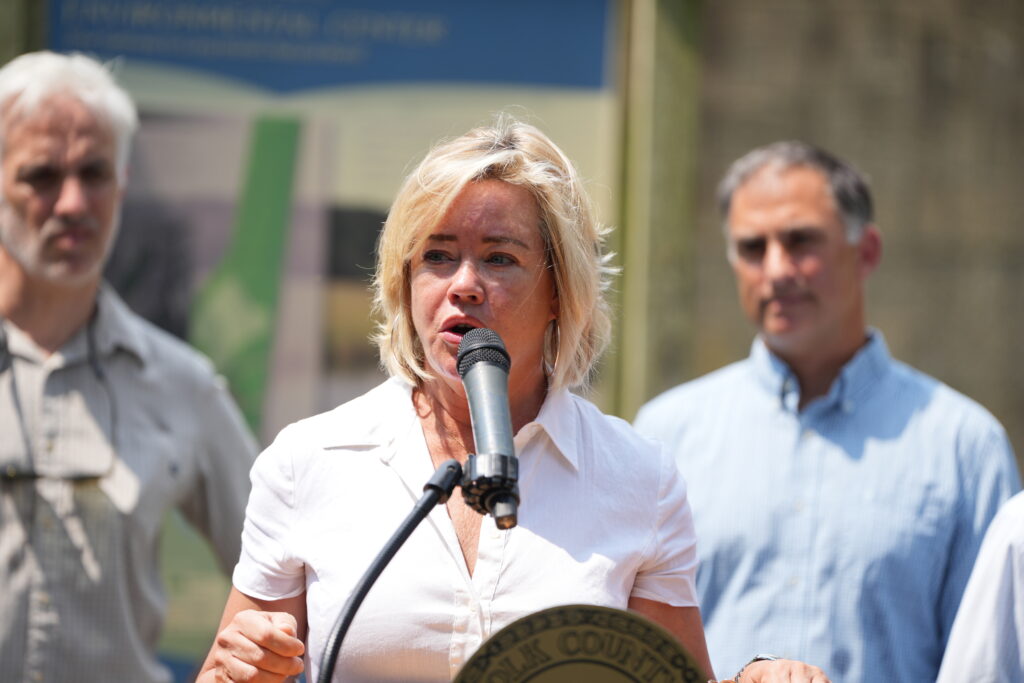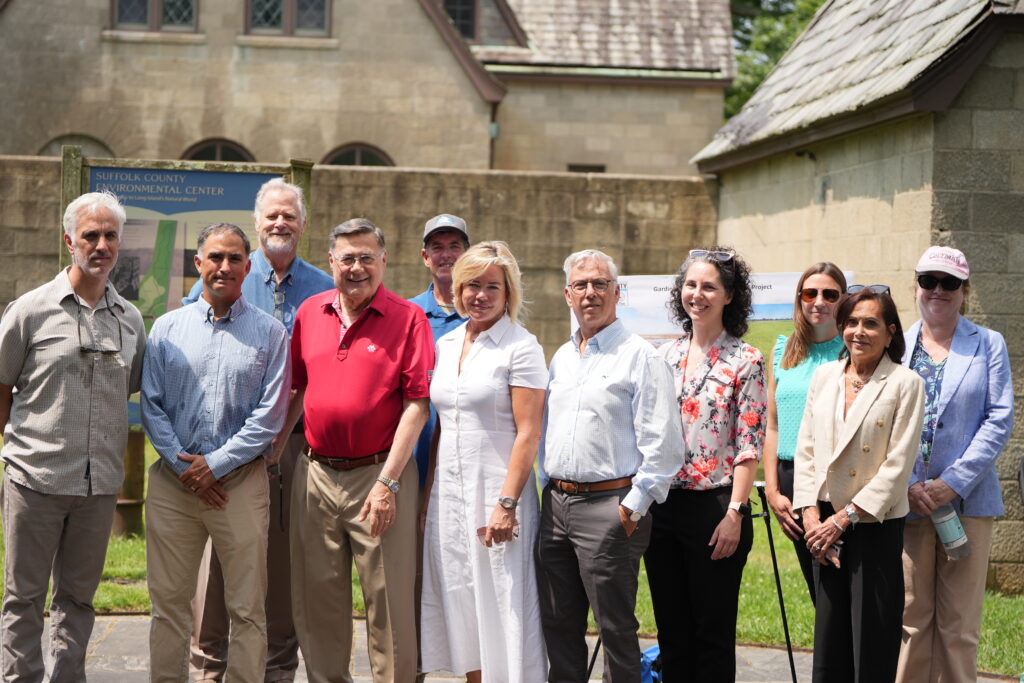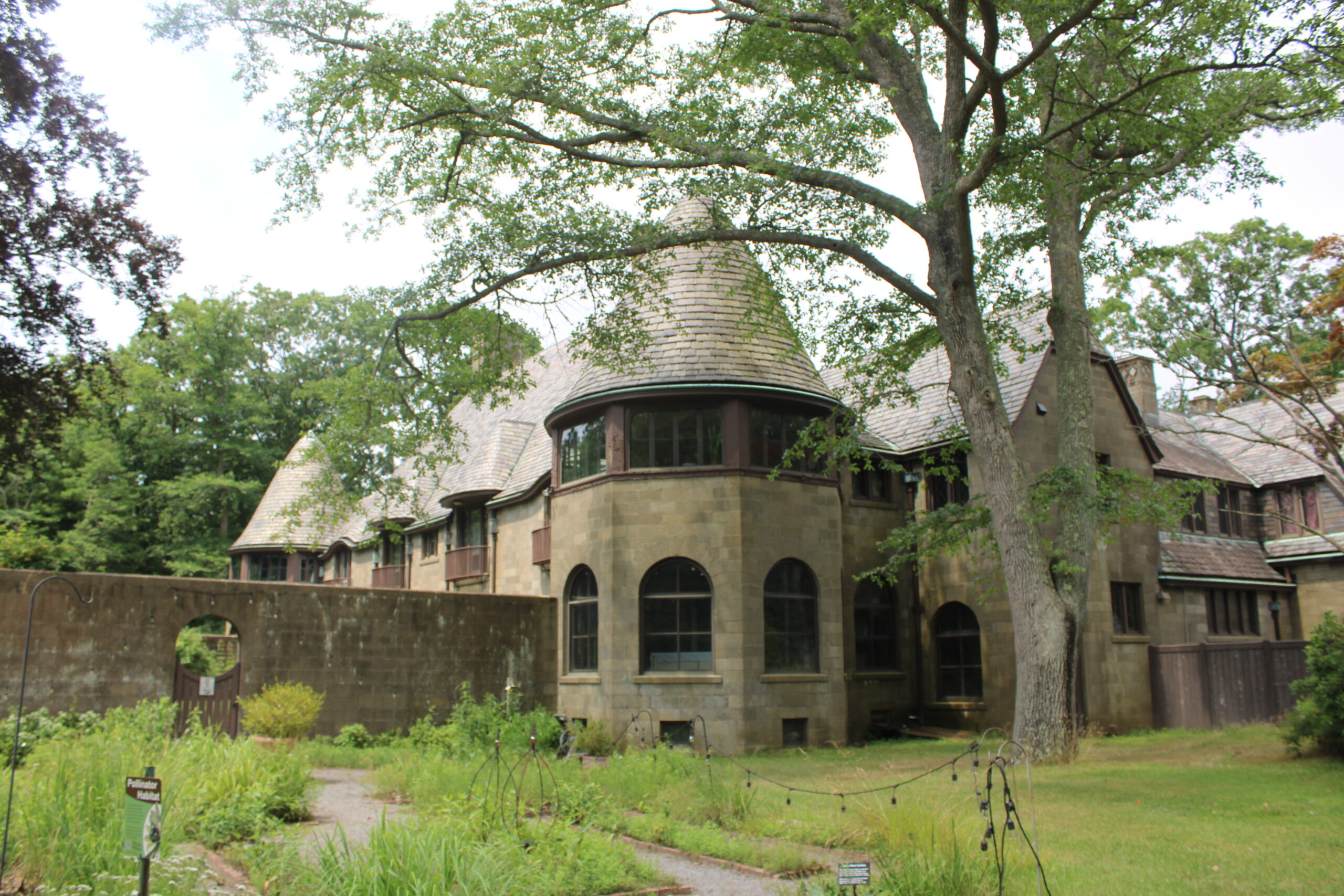Cover photo credit – Matt Meduri
Protecting coastal waterways and the affiliated bodies of water is not only paramount to ecological preservation, but life on Long Island as well. With such reliance on protecting Suffolk’s near-1,000 miles of coastline, local leaders and elected officials have recently finalized the Coastal Resiliency Plan, one that aims to “restore the areas’ natural hydrology through the usage of coir logs and sediment redistribution.” Recreating natural hydrology also fosters an environment for indigenous plants and wildlife to flourish over invasive species.
The plan includes two sites in the Town of Islip, the Scully Marsh (twenty-five acres) in Islip hamlet and the East Islip Preserve (thirty-five acres), as well as Cupsogue Beach in the Village of Westhampton Beach (eighty acres).
The Federal Emergency Management Agency (FEMA) provided $1.29 million in funding for Phase I of the project through a Hazard Mitigation Grant administered by the New York State Division of Homeland Security and Emergency Services. Phase II funding is provided by the federal government in the form of $2.75 million, for a total of roughly $4 million in federal funding. The entire project will cost $4.3 million.
Legislators and environmental leaders gathered at the Suffolk County Environmental Center at the Scully Estate on Tuesday morning to discuss the project.

“Salt marshes and our natural environmental balance need to be restored, salt marshes are critical,” said County Executive Ed Romaine (R-Center Moriches) (pictured above), adding that many south shore areas suffered immensely from flooding after Superstorm Sandy. The County recently started an initiative to buy structures on the salt marshes and elevate existing structures to aid coastal resiliency.
“Salt marshes are the sponges for the next storm,” said Romaine. “They are capable of absorbing water, but they’re also important to our natural worlds. This is the start, we are planning to take a look at a dozen salt marshes that we can restore that will make a huge difference in our coastal resiliency for the next storm. If we restore the balance of our nature, we will be well off.”
Enrico Nardone, Director for the Seatuck Environmental Association, who are the custodial tenants of the Scully Estate, offered remarks.
“Marshlands are the first line of defense against sea level rise; they are the nurseries of the sea and an important habitat for wildlife species. They were mistreated for decades, and it’s great to see us finally recognize the value of these incredibly important habitats and undue the harms of the past and bring them back to full health.”
Chris Clapp, Director of South Shore Estuary Reserve, also spoke highly of the project. The South Shore Estuary Reserve works to coordinate the efforts of the Suffolk and Nassau counties, the six towns, and the twenty-eight villages along the South Shore. Clapp said that prior practices such as “dredge and fill” and “nutrient pollution” have caused the marshlands to become in dire need of restoration.
“This work seeks to leverage local and federal funds to restore 140 acres of salt marsh that will protect us from sea level rise, storm surge, and protect threatened and endangered species, as well as valuable recreation space,” said Clapp.

Suffolk County Legislator Trish Bergin (R-East Islip) (pictured below), whose district includes the Scully Estate and the East Islip Preserve, spoke of past decisions that led to the poor condition of the marshlands today, adding that Romaine has been a “friend of the environment” since he as first elected.
“We live on an island and our economic engine is driven by that fact. We’re heavy on tourism, boating, and restaurants; we need clean water,” said Bergin. “Restoring these marshlands is so important in achieving that goal. It will add oxygen to the water and restore shellfish that eat up the nitrogen. Many years ago, people thought they were doing the right thing. They cut into the marshes, they built close to them, and even filled them in and built on top of them. Through the years of education, we recognize that that was not the right thing to do.”
Deputy Presiding Officer Steve Flotteron (R-Brightwaters) spoke highly of the plan, referencing the landmark Fire Island sewer study that he helped spearhead.
“We’re stepping up even more from land acquisition and open space to sewering and reusing gray water,” said Flotteron. “Our ecosystem has to remain balanced. Nitrogen seeps into the Great South Bay within days of people visiting Fire Island.”
Flotteron remarked on two shades of “green,” one being for the environment and one being for revenue that Suffolk County sees from its waterways.
“That will all be washed away if we don’t take care of these balances,” he added.
Romaine closed by stating that with three-and-a-half years left in his term, water quality across the county will be one of his top priorities.
“I want to do all that I can to ensure the future of this county, and it starts with marshlands and wastewater,” said Romaine. “In the next five years, this county will spend at least half-a-billion dollars on sewering very densely populated areas to make sure we’re not on cesspools. 70% of this county is on cesspools; this is the time to move forward.”
The Scully Estate is located at 550 South Bay Avenue in Islip and houses the Seatuck Environmental Association.








